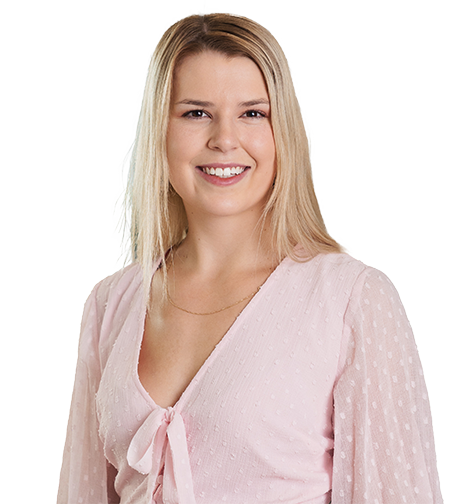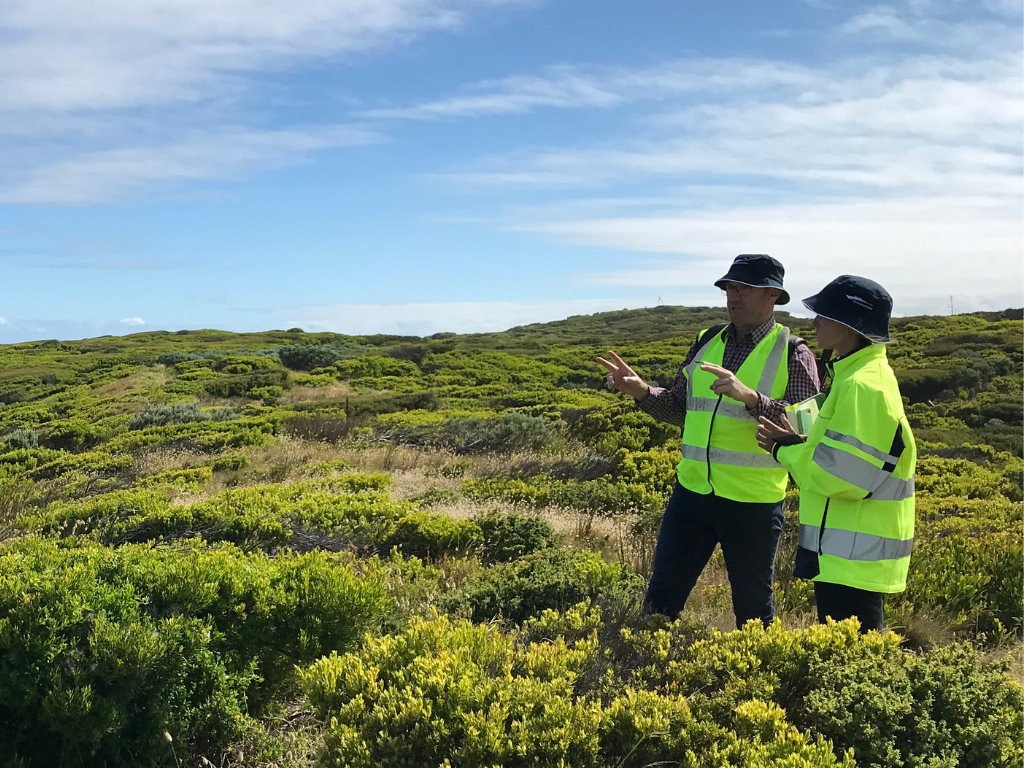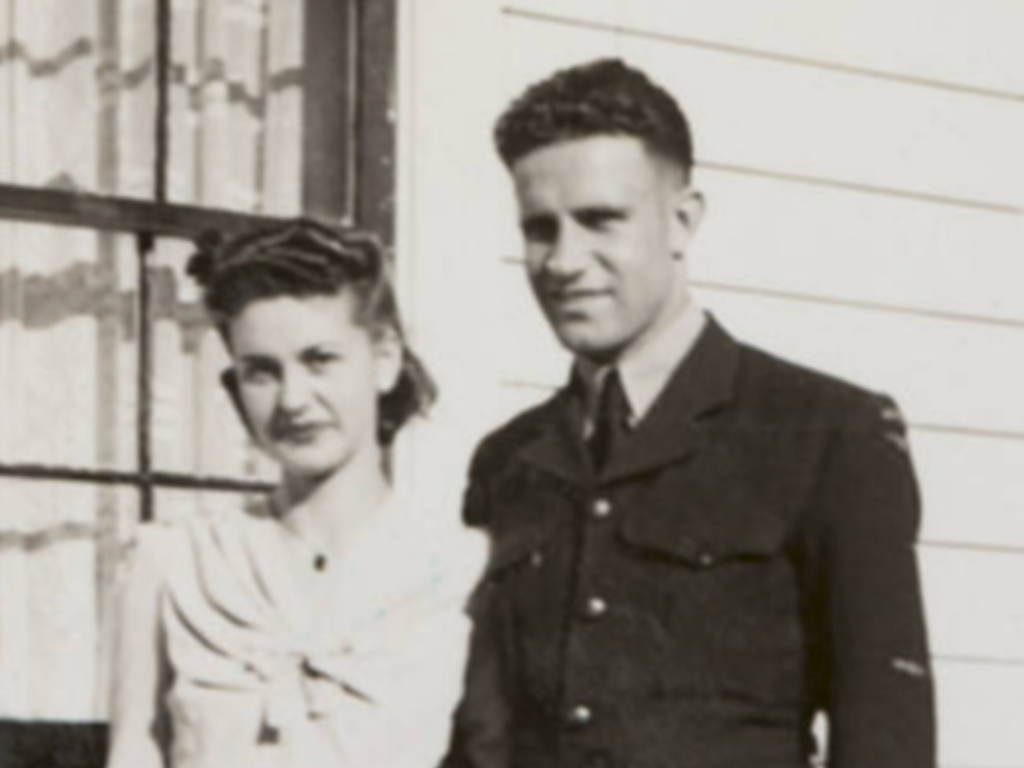client
Australia is the world’s driest inhabited continent, and the progressive issue of climate change is only making matters worse.
In South West Victoria, Wannon Water is rethinking how they deliver sustainable water services to their 100,000 residents and 4,000 businesses. They’ve set their sights on a circular business model to do this.
Following our previous collaboration with Wannon Water – where we co-created their Circular Economy Roadmap – the organisation returned to us for our sustainability expertise. Wannon Water’s primary goals for this project were to educate their staff on circular solutions and cement themselves as a leader in circularity in the region.
The Challenge
The nature of a circular economy means every part of a system – however big or small – contributes to the overall success of a business. For circularity to be effective, Wannon Water recognises the need for interconnectedness; every person and department having an understanding of circularity to help achieve its roadmap vision and goals.
Wannon Water wanted to foster a comprehensive understanding of the circular economy concept within its team, but was finding it challenging to demonstrate to the team the tangible impact of their actions and shift beyond circular economy as merely recycling, Wannon Water hoped to shift attitudes, empowering people to understand that circularity is a holistic and multifaceted mindset that maximises resource utilisation at every stage of the value chain.
By inspiring circularity thinking and action internally, Wannon Water hoped to also provide a blueprint for other businesses in South West Victoria to introduce more circularity into their systems.
To create a powerful resource that would shift attitudes and inspire change, Wannon Water needed help with digital design and facilitation expertise. Having worked with ThinkPlace before, Wannon Water knew they could engage us on our sustainability and co-design expertise, to produce a tool that would communicate how a circular economy looks in their field.
Our Response
ThinkPlace’s capabilities are underpinned by the constructive conversations we facilitate to solve complex challenges.
A circular economy takes time to build; creating a tool that would help comprehension internally and serve as a blueprint for regional change required meaningful conversations and multiple prototypes.
Stage 1: Defining intent
As per ThinkPlace’s style, we launched the project by co-designing an intent statement. Workshopping with the core design team – a combination of members from across different Wannon Water divisions working alongside our two ThinkPlace designers – we clarified the project’s goal, direction, and scope.
We decided that the visual communication needed to fulfil three criteria:
- Engage the Wannon Water team to educate and continue the momentum of the Circular Economy.
- Include content that is unique to Wannon Water and its region.
- Be an opportunity to consider the branding of circular economy at Wannon Water.
Stage 2: Prototyping
Our Design Workshop helped us generate content and layout ideas for the visual tool, while also defining the tone of the message. Then, we developed low-fidelity prototypes exploring various aspects such as content, narrative, layout, and style. These prototypes served as the focal point for the Refinement Workshop, providing the team with tangible prompts to spark their thought processes and guide their decision-making.
When we presented the prototypes, the team chose a design for further development. Incorporating collective feedback and insights, we refined the selected design into a high-fidelity prototype, which we showcased in a Feedback Workshop. During this session, the team provided detailed feedback to elevate the design and explore the use of the tool to achieve the objectives we’d set out with. Through these discussions, we realised that it would be useful to provide Wannon Water with a comprehensive list of content elements and their representations, alongside a user guide to accompany the visual.
The Output
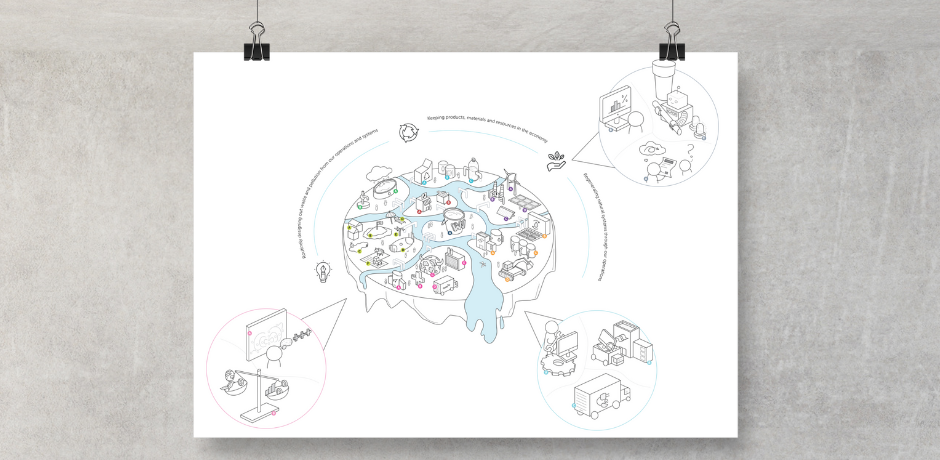
Our visualisation, see above, depicts the South West Victoria region as an island, showing Wannon Water’s interconnectedness with the wider community.
Circular design principles
Arching across the top of the diagram, and connecting all of the pieces, are the three principles of circular design. These are:
- Routinely designing out waste and pollution from our operations and systems.
- Keeping products, materials and resources in the economy.
- Regenerating natural systems through our operations.
Wannon Water value bubbles
Having a sense of purpose is a strong workplace motivator, numerous studies have found. By enabling employees to see their place in the circular design model, we’ve created clear objectives that can be referenced at any time, organisation-wide. Additionally, we’ve created a new set of values that Wannon Water can aspire to.
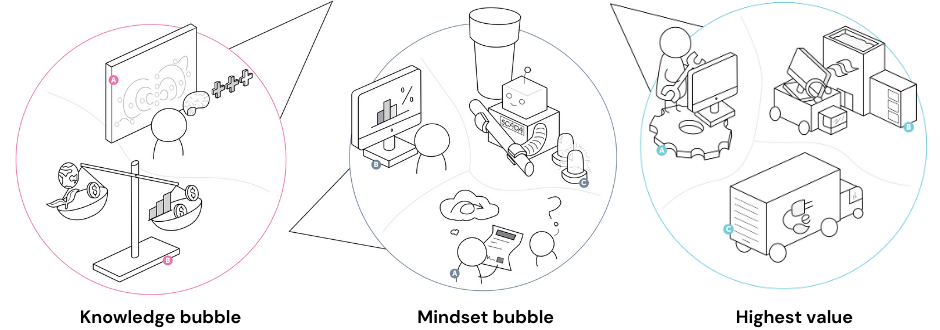
Industry players and community bodies
In a circular economy, a business operates in an ecosystem and industries intersect. Resources are shared and waste is valuable. The visual we created identifies and represents the stakeholders Wannon Water interacts with, also pinpointing strong examples of circularity to build upon. For example, their roof water harvesting system is a great example of a circular system creating an aspirational reference for other businesses (https://www.wannonwater.com.au/water-and-sewage/where-your-water-comes-from/roof-water-harvesting-system/).
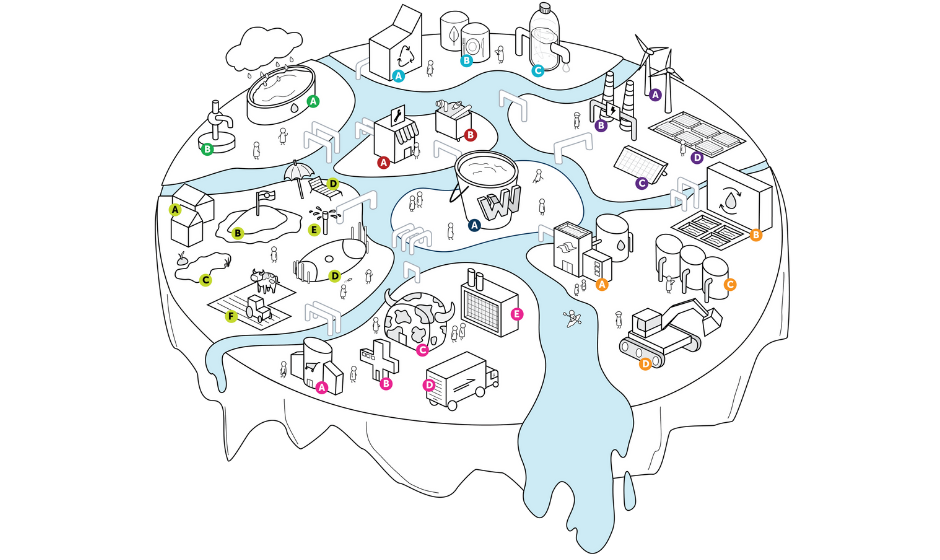
The visual tool we developed with Wannon Water is a visually appealing, evergreen way for the company to communicate the principles of the circular economy, both within their team and with stakeholders.
The theory and principles of a circular economy aren’t straightforward, which is why a tangible tool that’s easily digestible will prove so valuable for Wannon Water. Through our co-design processes, intensive research into the water sector, and iterative idea generation, we were able to simplify this tool to the point where it’s sharable, enhances internal cohesion, and improves circular economy literacy.
Wannon Water was recognised for their circularity efforts at the 2024 ENVIRO Awards in Brisbane, Australia. They won the Circular Project Award for the Circular Economy Roadmap and Toolkit we co-designed with them. Read more about the win here.
